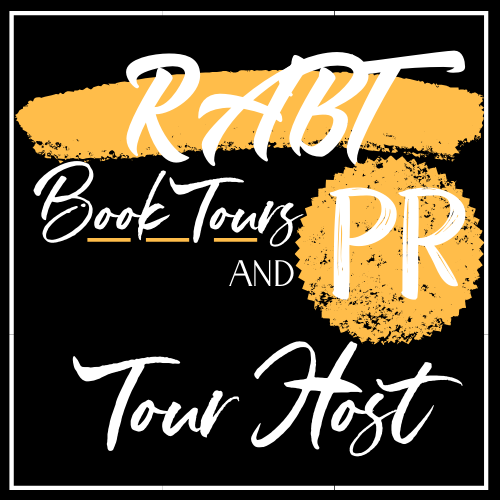Okay! This is the last one of these for now.
I love fantasy that is high fantasy, but as you get further into the book or series, hints start to be dropped. Ruins that sound familiar, or hints that there was a previous civilization that has since collapsed.
I think this may be because my very first high fantasy series–the Shannara books, by Terry Brooks–does this. But it’s very subtle. You can read most of the Shannara books without this being obvious. It’s only when you take the series as a whole that it becomes more apparent.
But also, yes, lots of other series do this. Some more obviously than others, some more successfully for others. The Pern series, for example. Dragons! Adventure! But all happening on what’s essentially a failed human colony, Pern standing for “Parallel Earth, Resources Negligble.”
I have actually done this a bit myself already, though not quite how I would like. In City of Hope and Ruin there’s talk of an older civilization, a more powerful civilization, that collapsed because of war (more specifically the bioengineering and biological warfare tactics of that war, though that’s beyond the characters’ understanding, at least for that book). But that’s a completely secondary world.
I feel like to do this trope properly, it’s got to be Earth in the future. An Earth where humanity causes (or, I guess, experiences at the very least) some great calamity, something that has society collapse and humanity change. It’s dystopian, but not exactly. Like, the fact that this is our world and something happened to it isn’t normally important to the plot of the story. It’s background. It’s setting. Maybe some artifacts or something might feature in the plot every now and then, but for the most part it is a fantasy world, doing fantasy things.
And I like that! I like that it’s not necessarily important, it just is. It’s like…an extra dimension to the world.
That being said, I do think you can overdo this. And it may be a bit overplayed as a trope, especially recently where everything has to be dark. You know what I mean. I recently finished the first season of the Shannara TV series, and the post-apocalyptic parts were pushed much more than I remember. Maybe they were always there, and I just skimmed over them in the text, or maybe it as just more apparent because, you know, visual medium and all that jazz.
How do you feel about this trope, squider? Overdone? Fun worldbuilding? Favorite example?

